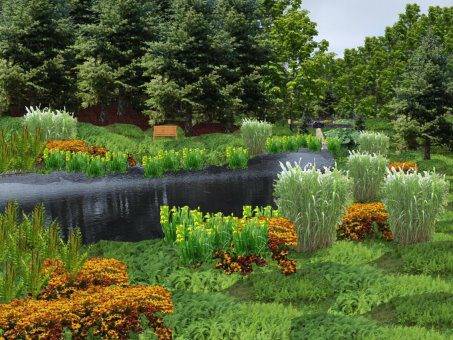Asparagus officinalis
Perennial
Asparagus is a long-term perennial veg- etable that requires planning, patience, and dedication yet is always worth the wait. Asparagus is notorious for not being ready for harvest until its third year but, once established, will produce seasonal spears for several decades. At any time while growing asparagus, spears can be whitened or “blanched”by limiting sun exposure, creating a uniquely flavorful variety devoid of the grassy, earthy chlo- rophyll notes of a green crop.
Sowingandgrowing:
Asparagus is a perennial crop that requires three years before a harvest but, like a fruit tree, will produce for several decades. Seeds are best started indoors 8-10 weeks before the final spring frost. Sow 2-3 seeds 1/2”deep per cell or peat pot into light, loamy, well-drained soil with a pH of 6.5-7.0. Transplant after 10-12 weeks once all danger of frost has passed. In the garden, dig a 6-12”deep and 18”wide trench for transplants. Spread a 1”layer of compost at the bot- tom of the trench before filling with soil. As mentioned, asparagus requires three
HARDINESS ZONE: Perennial 3-9
DAYS TO MATURITY: 3 years
DAY TO GERMINATION: 7-21
SEEDING DEPTH: 1/2”
PLANT SPACING: 12-18”
PLANT HEIGHT: 7-9 ”
ROW SPACING: 36”
GROWTH HABIT: Upright
SOIL TYPE: Sandy, light, organically rich, well-drained TEMP PREFERENCE: 65-85 °F
LIGHT PREFERENCE: Full sun – partial sun TROUBLESHOOTING: Allow soil to dry between waterings, as asparagus is highly susceptible to fungus and mold.
years until harvest but will produce for more than twenty years when established. Harvesting:
In the third year, harvest young aspara- gus spears with a sharp knife at the base once they have reached 7-9”tall and about the thickness of a pencil. Harvest often to encourage further growth. More established plants will have a harvest season of about 8 weeks while younger plants may have a window of 4 weeks. After the harvest, plants will sprout aspar- agus greens to restore lost energy to the roots. These asparagus greens are widely used by florists as an ornamental filler

Recent Comments